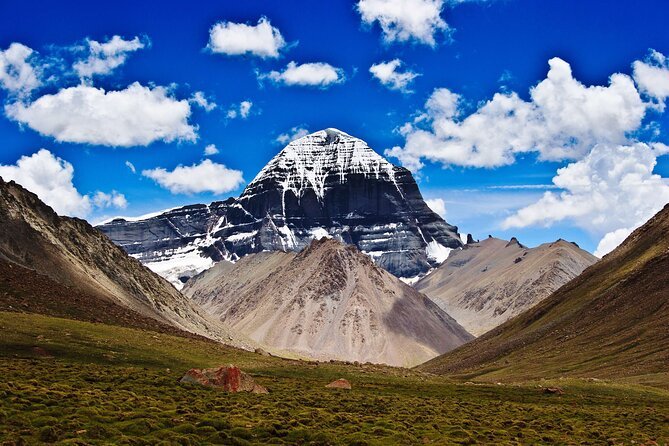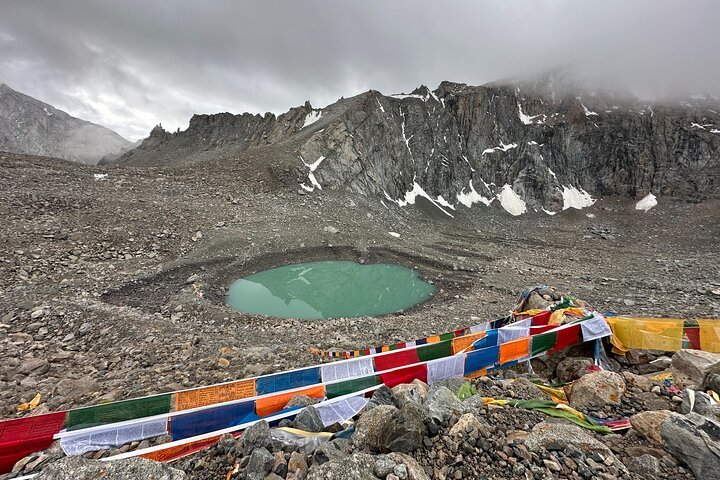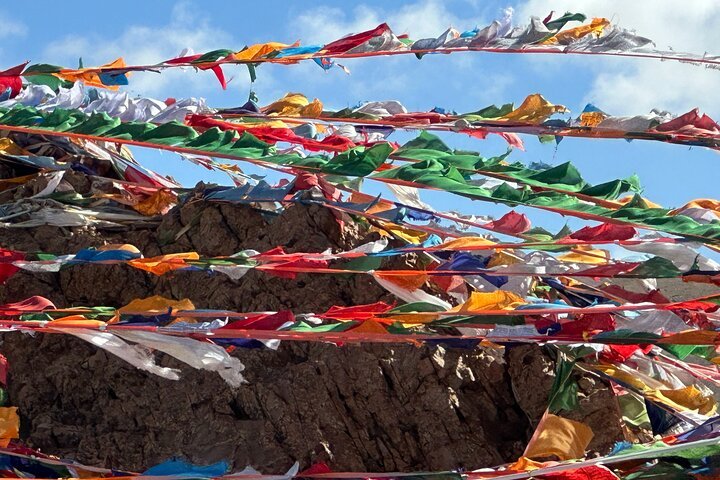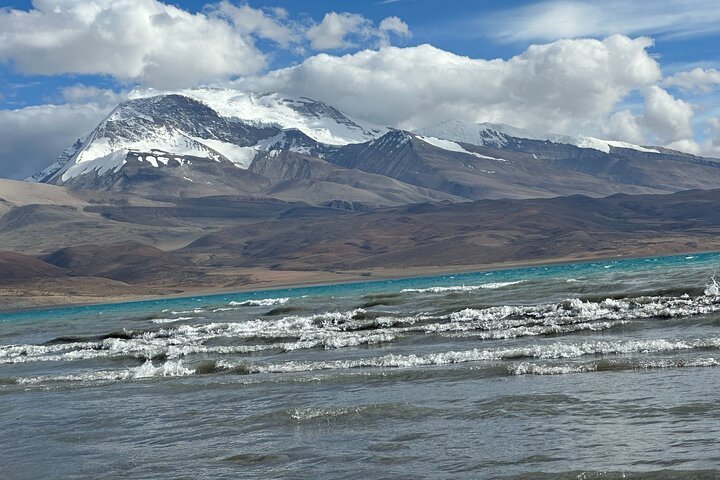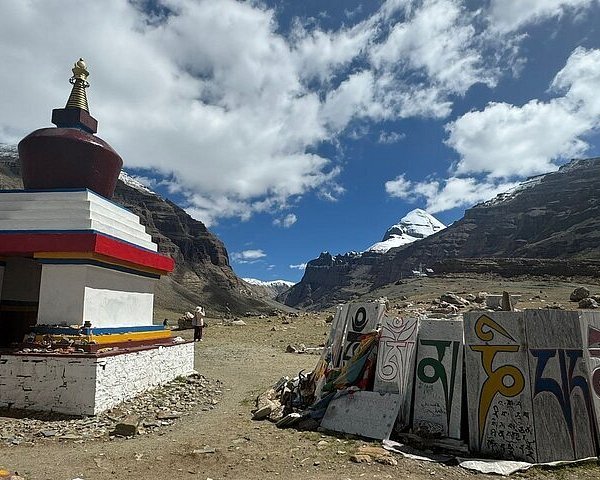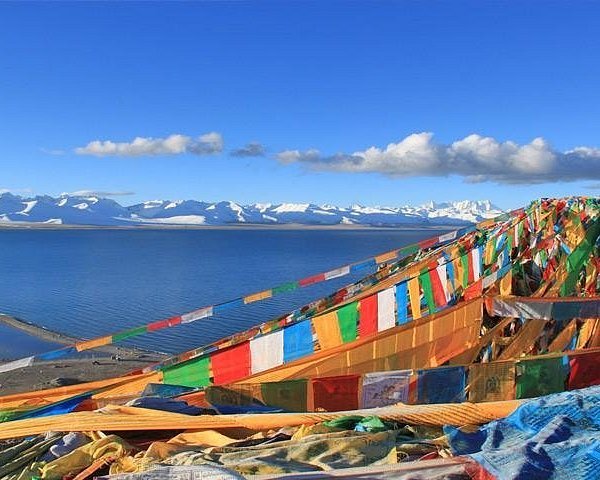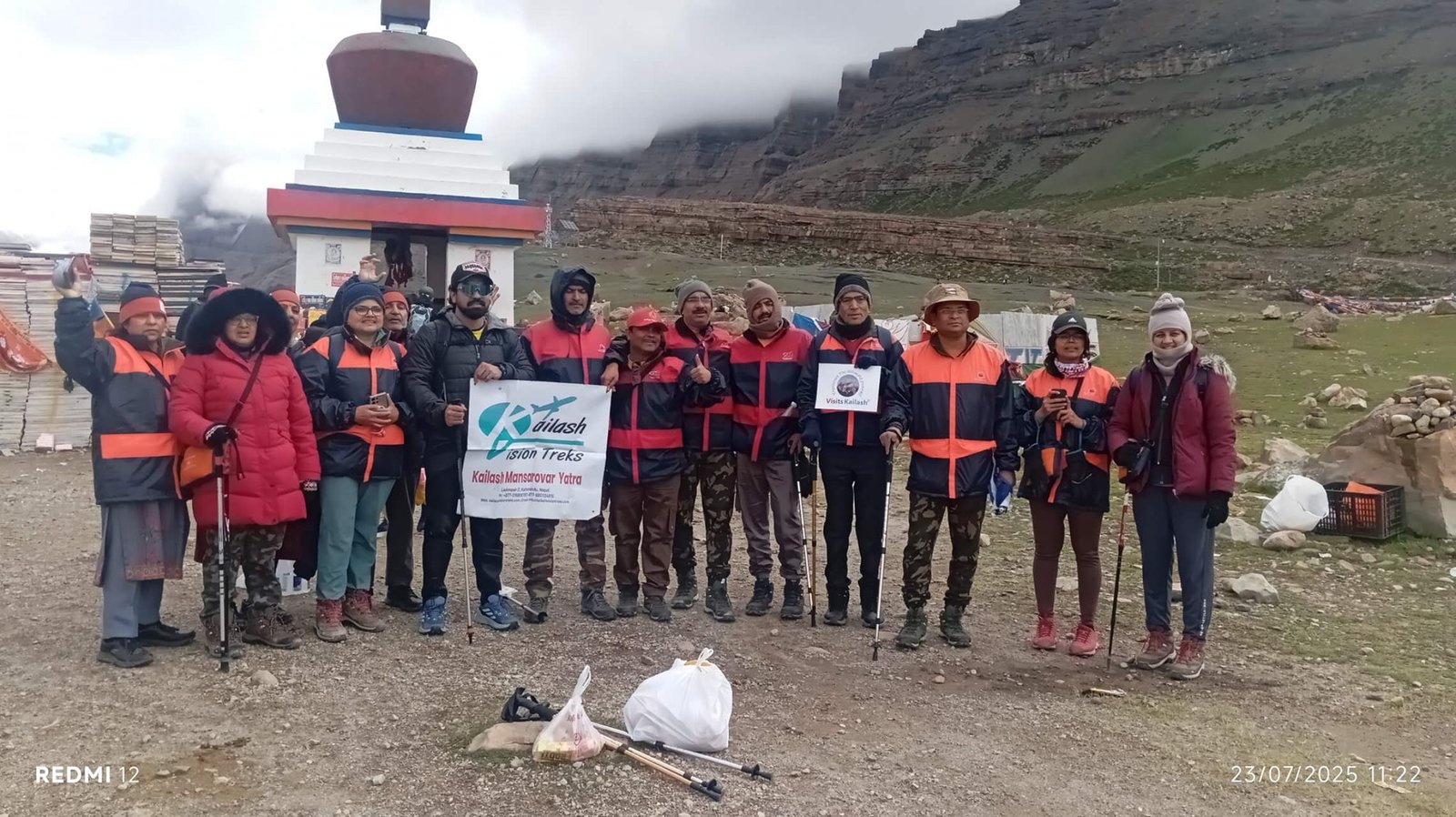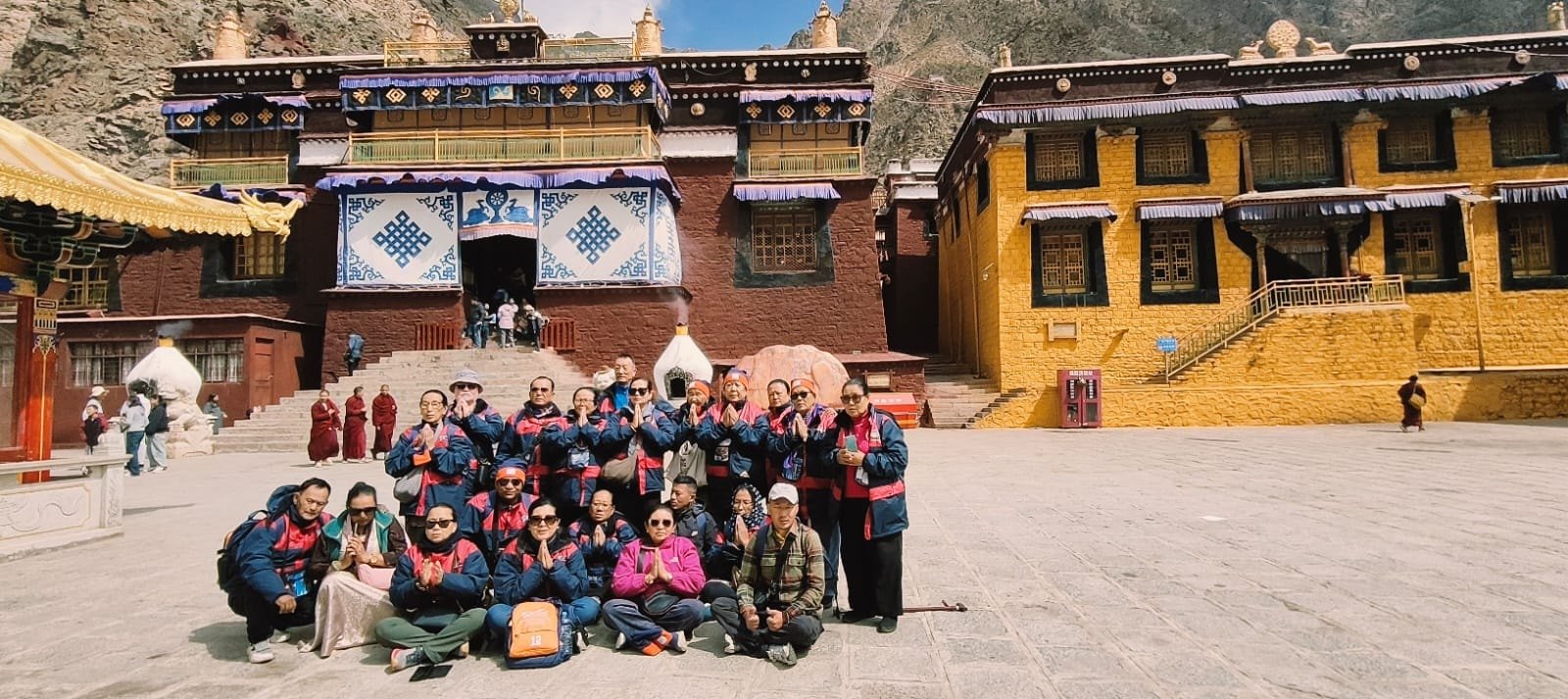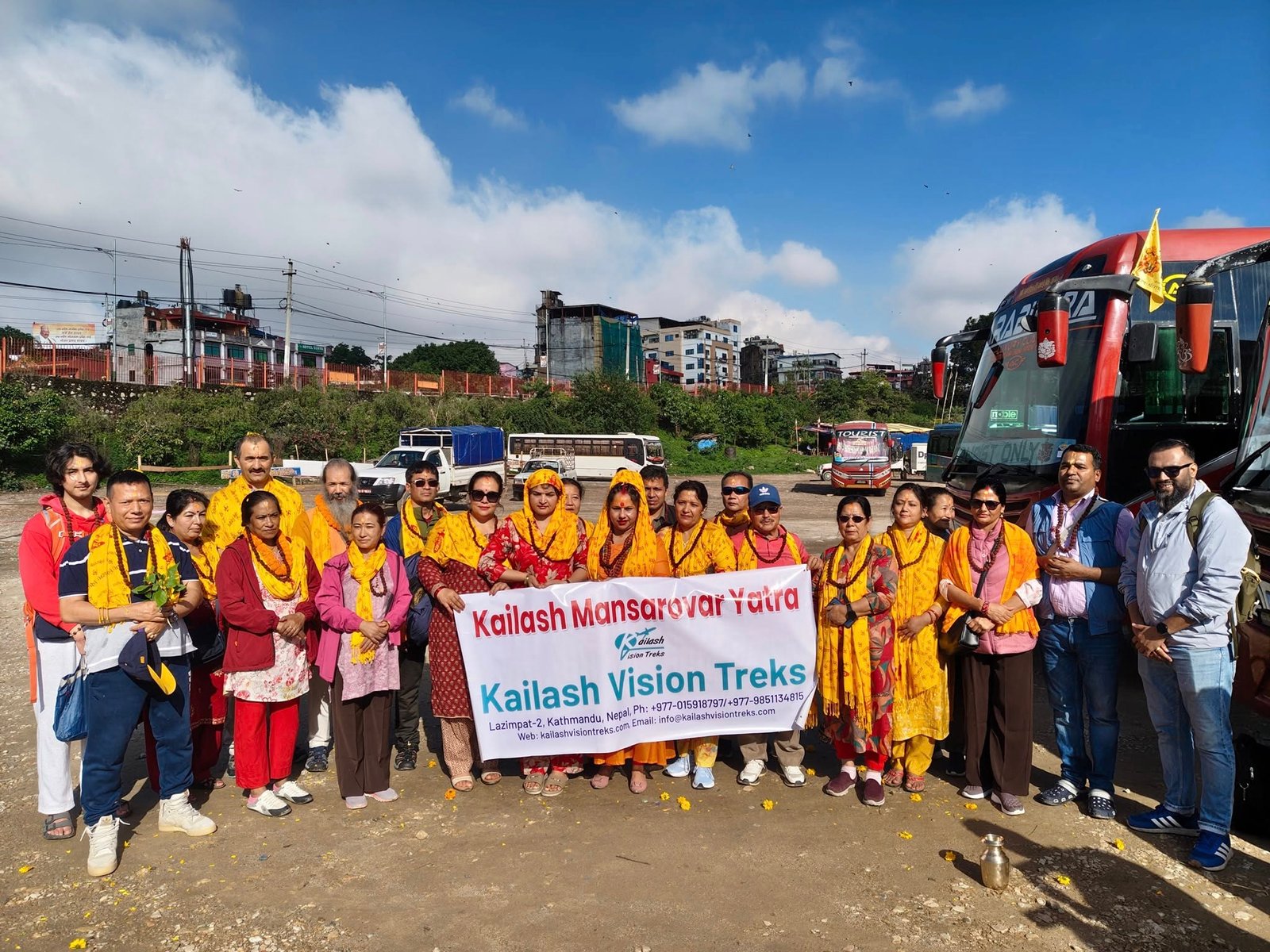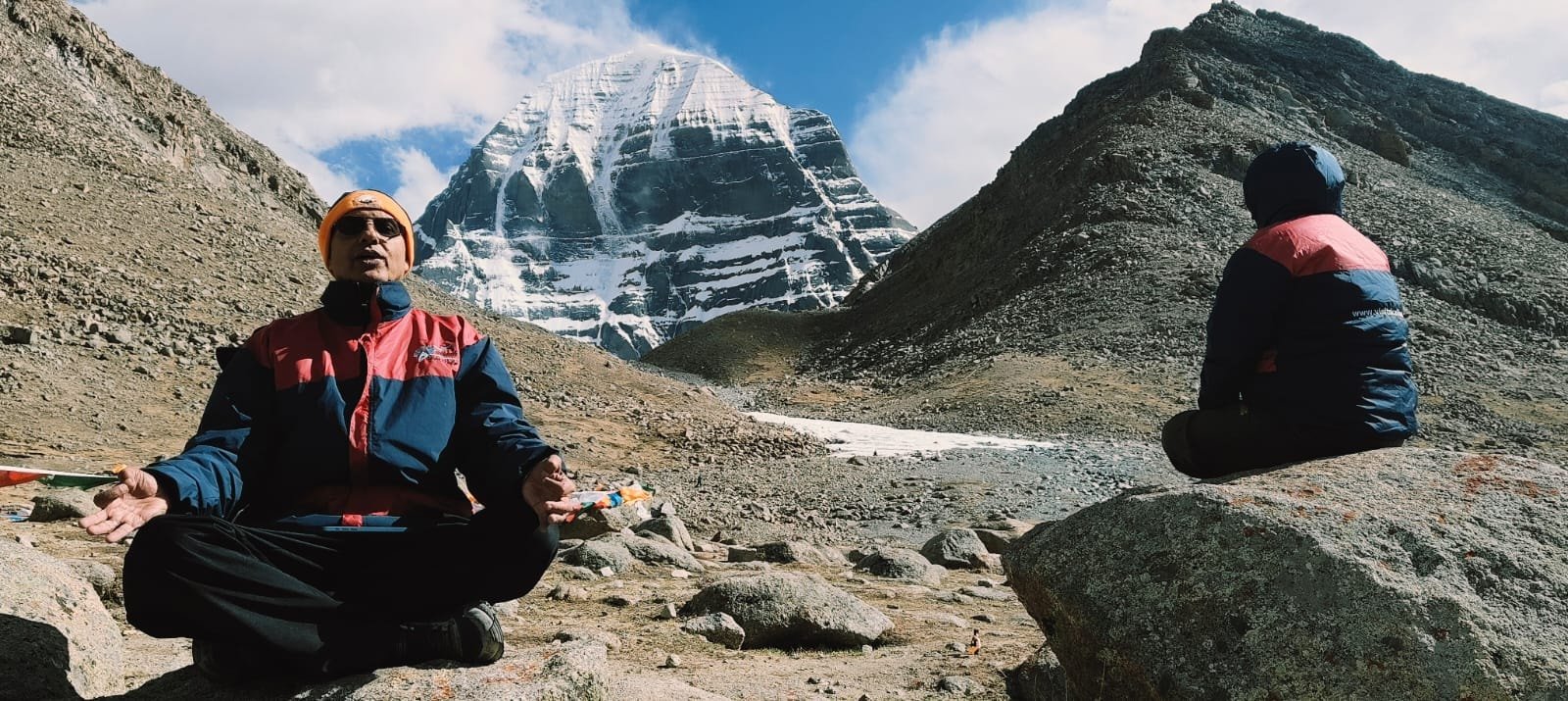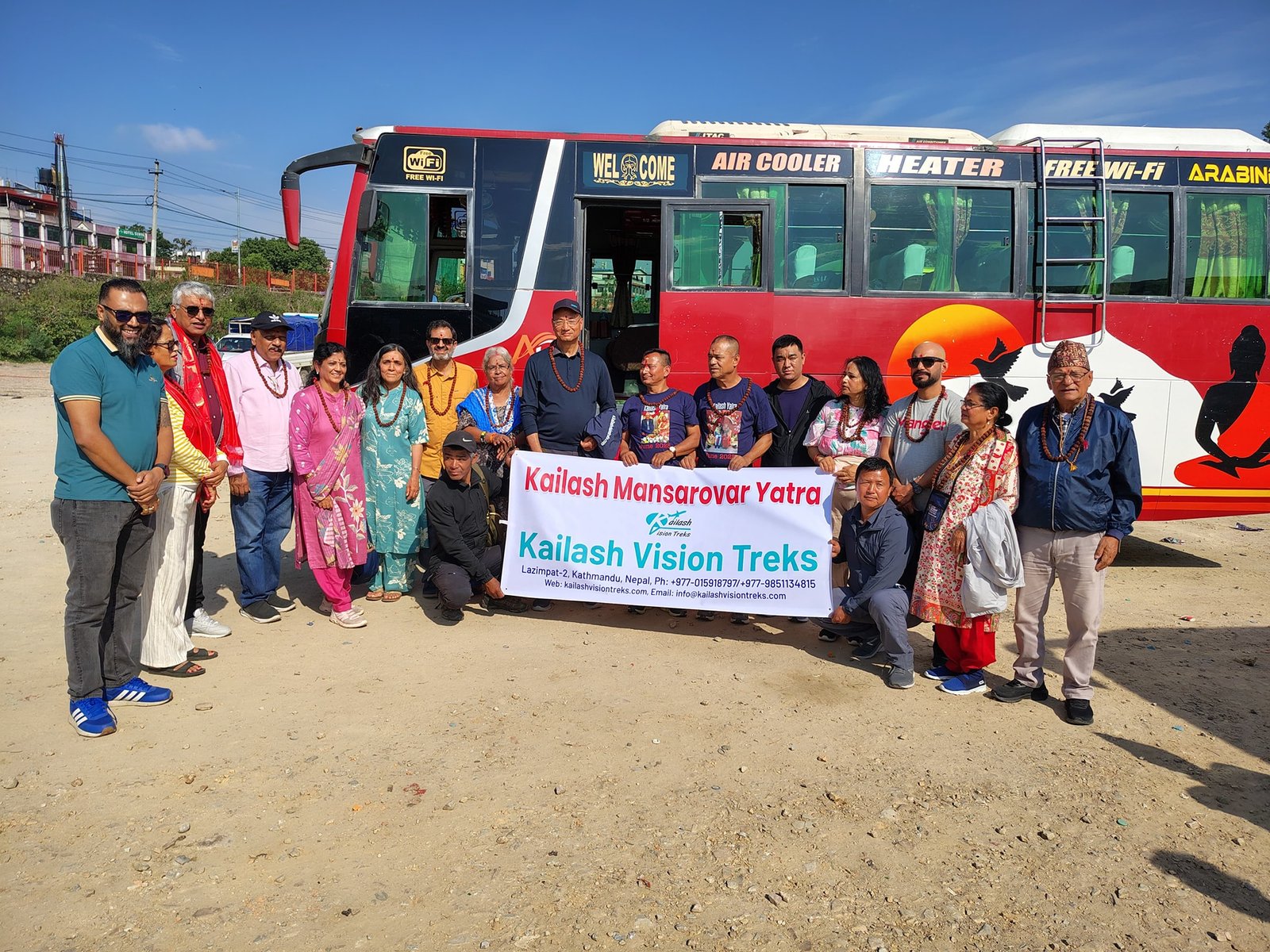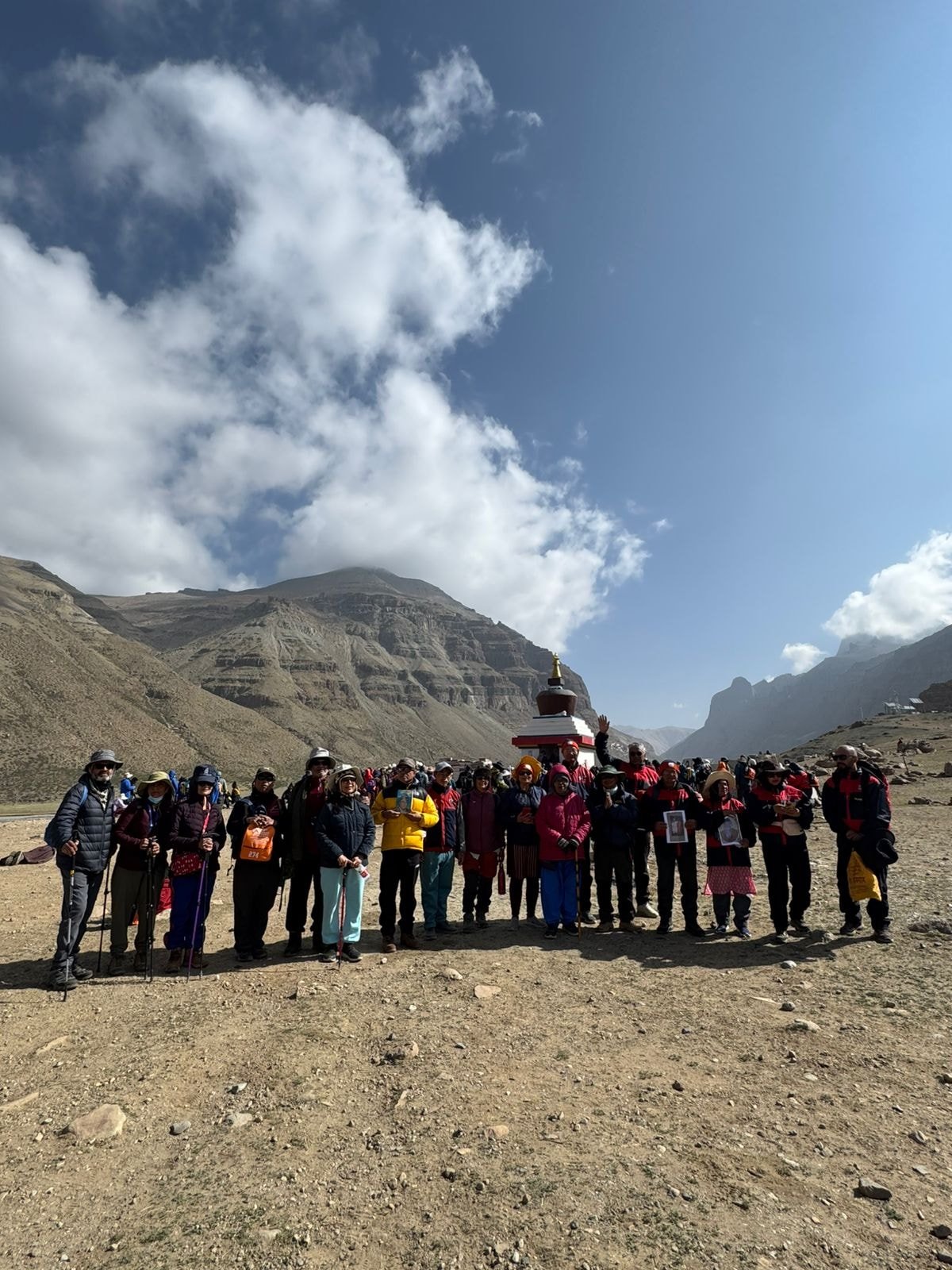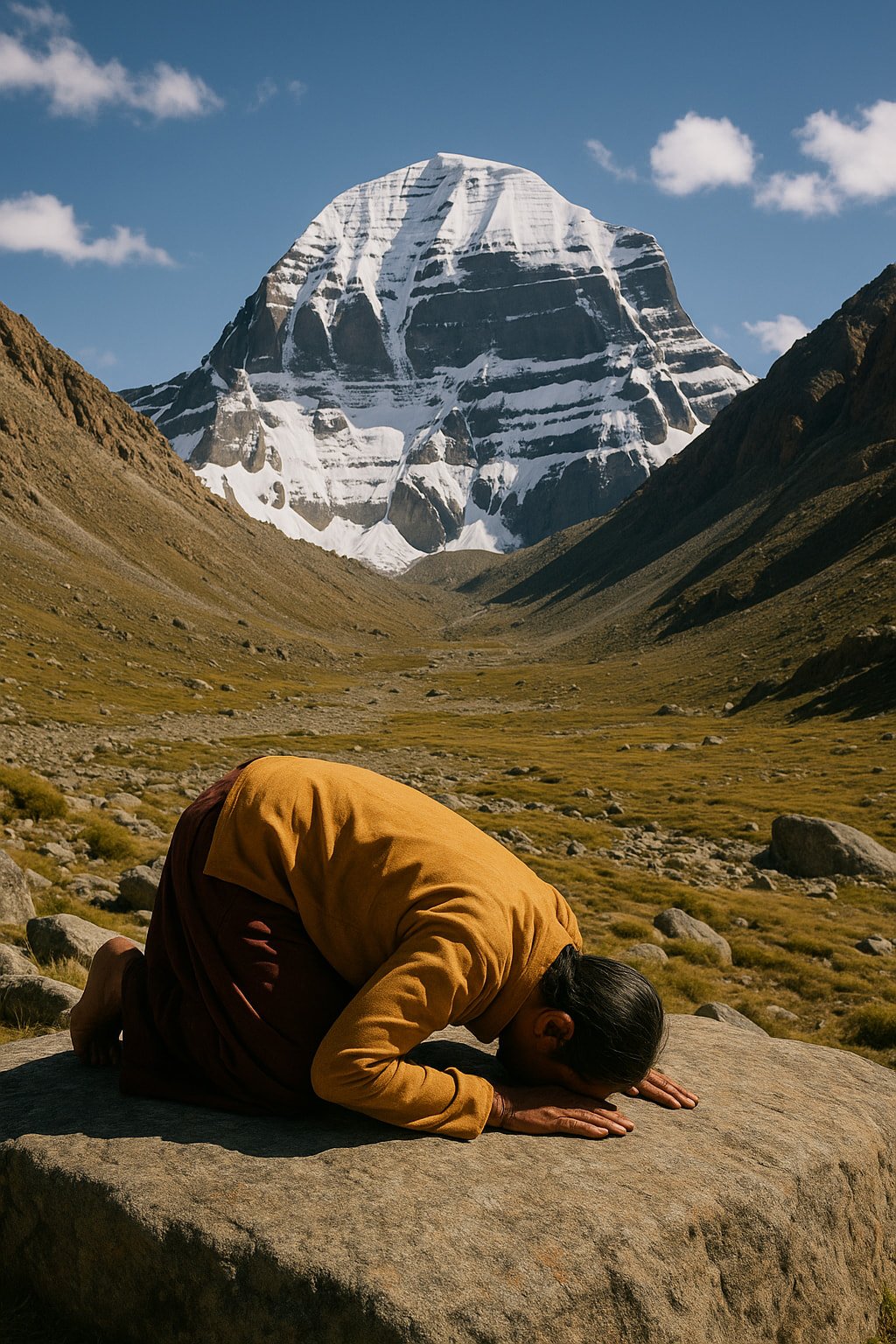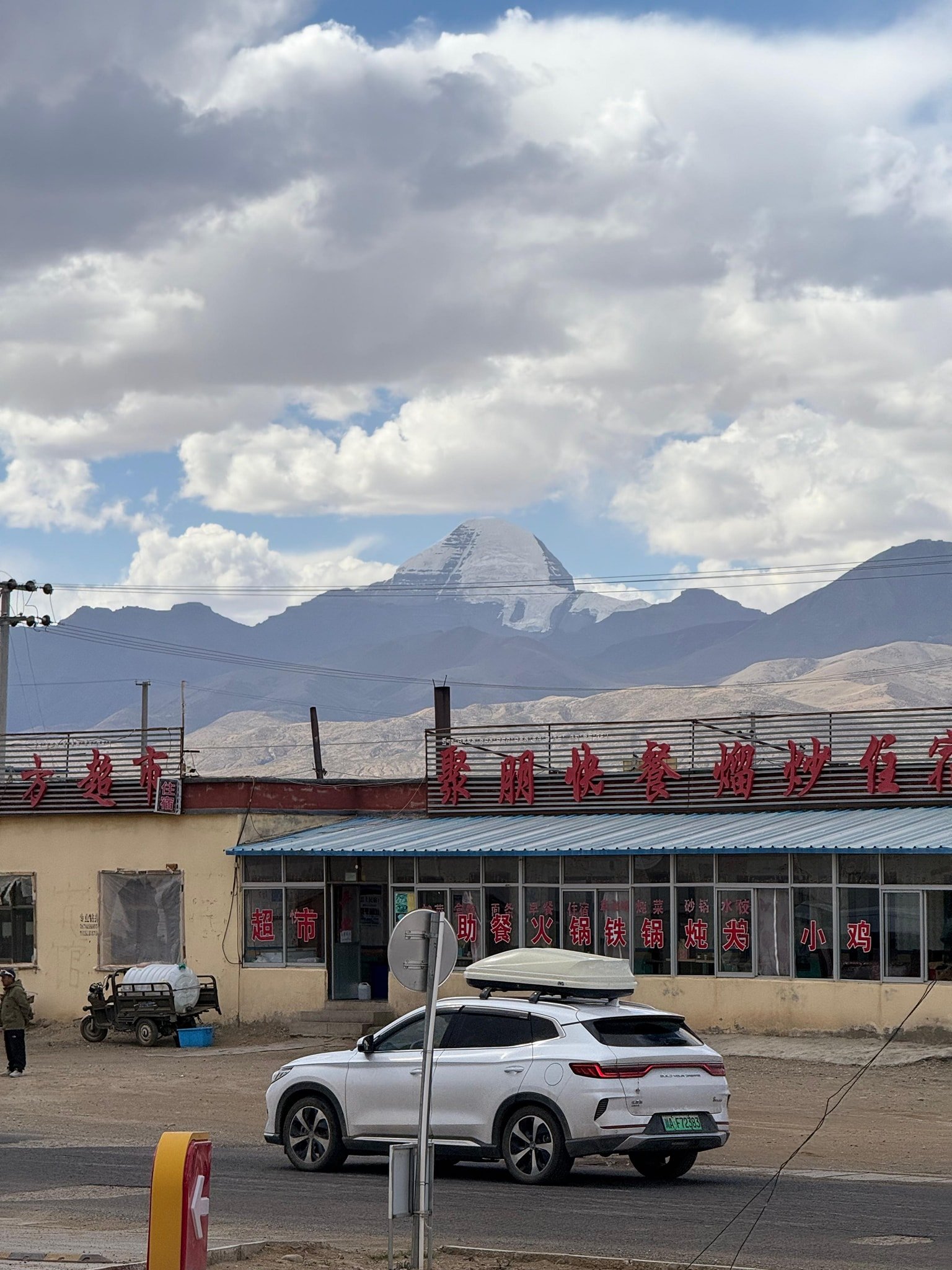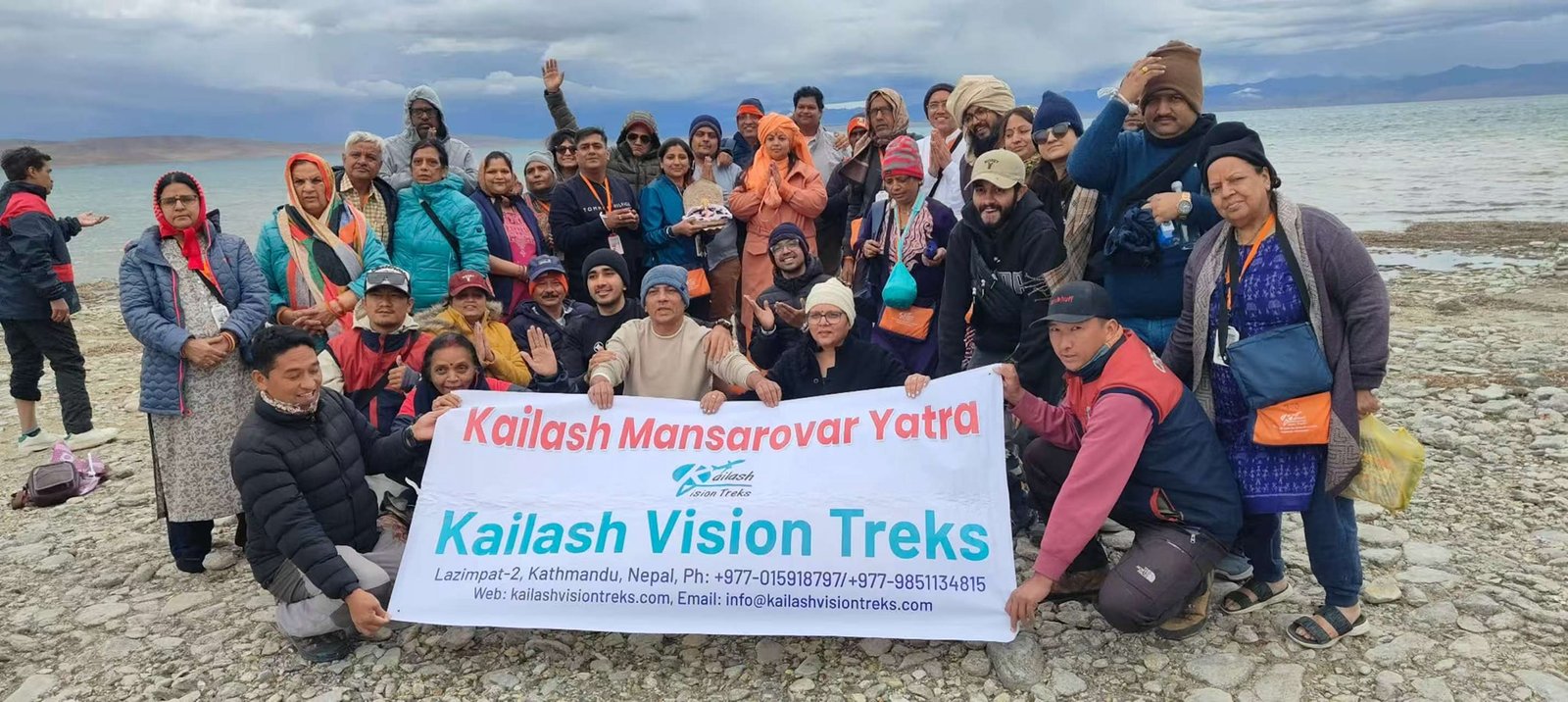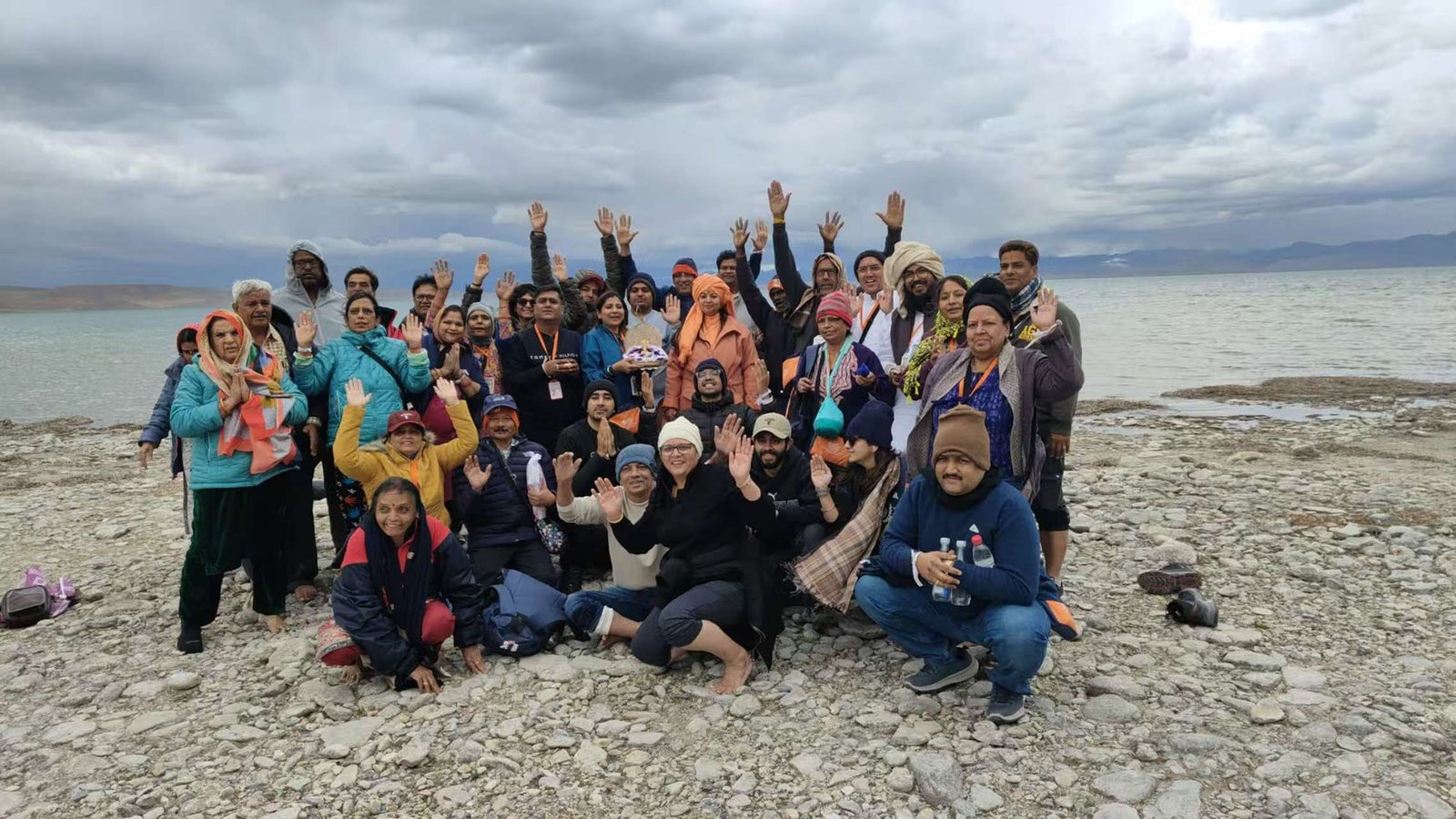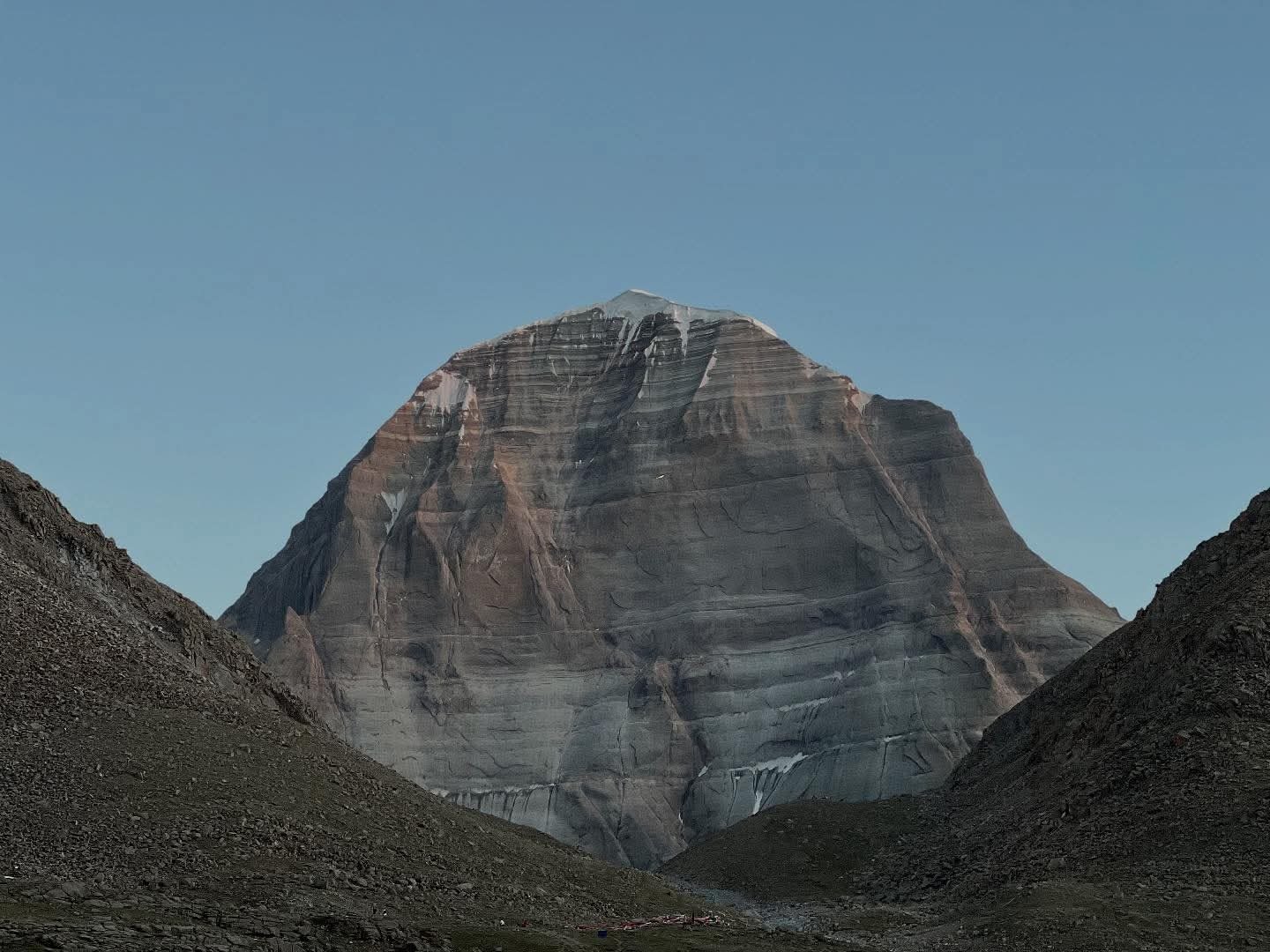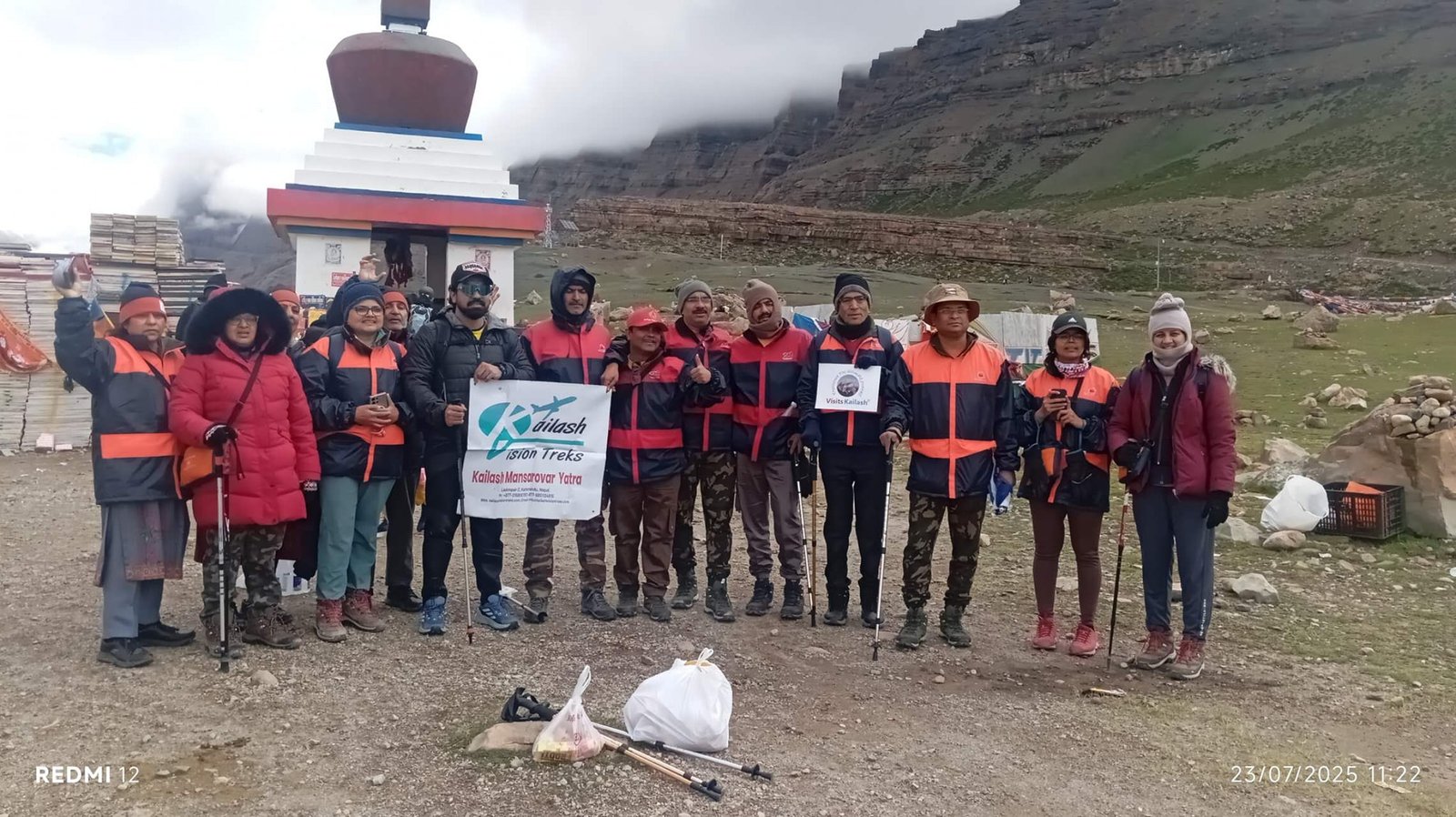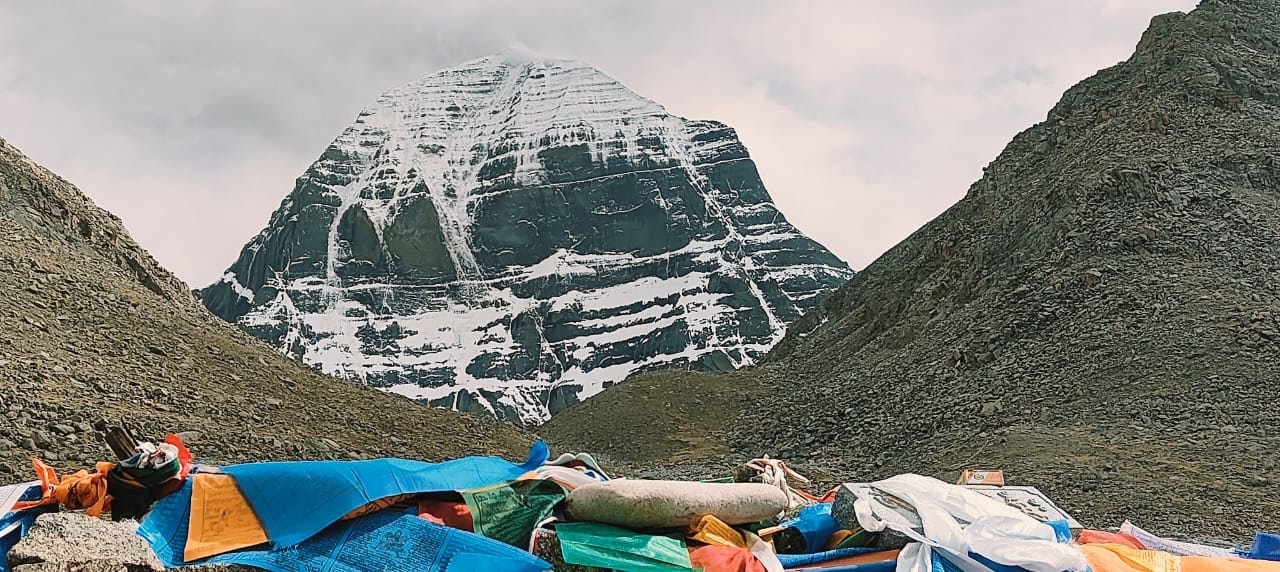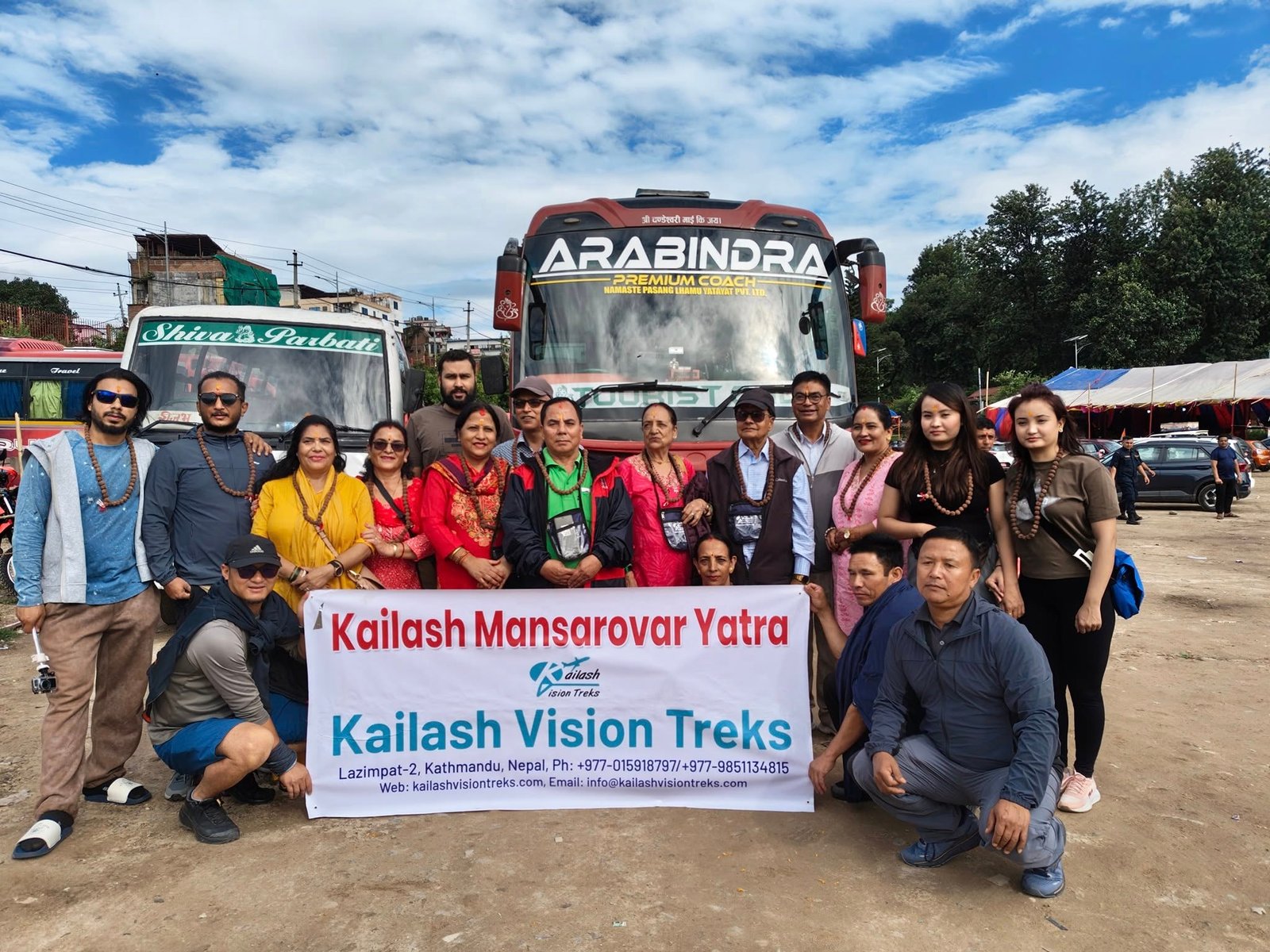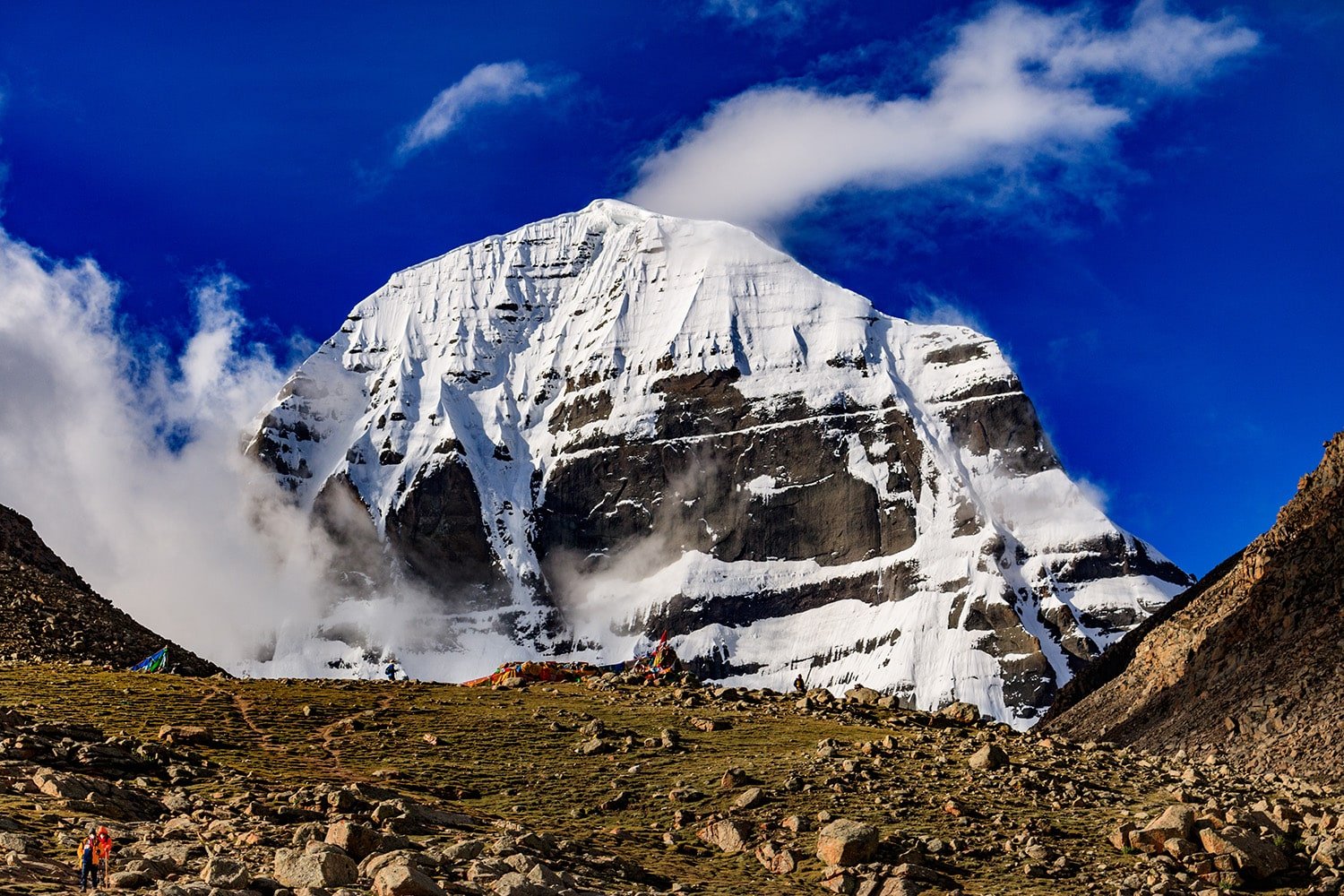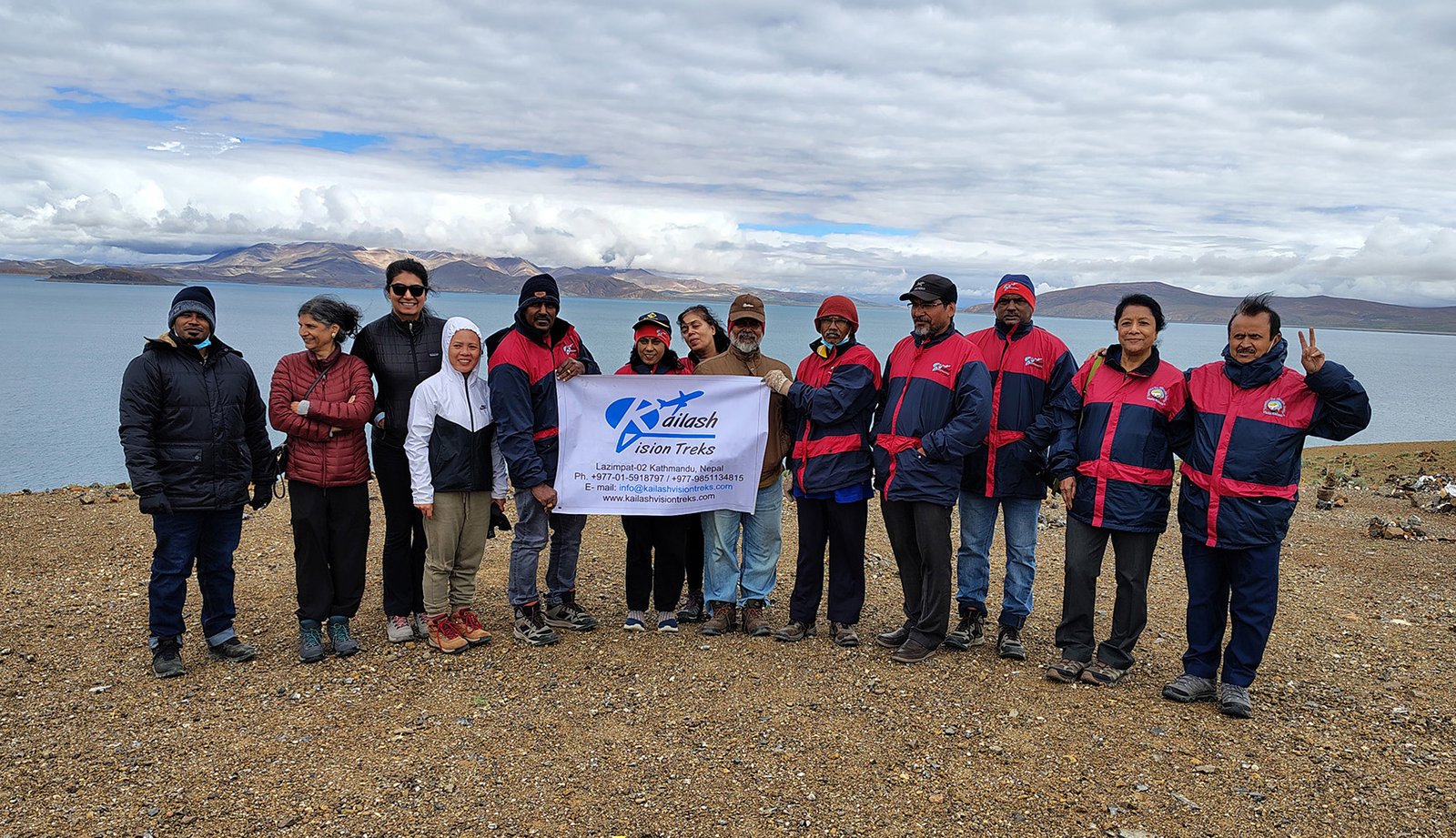Fun Facts and Unique Local Insights
- One of the highest freshwater lakes in the world at 4,590 meters
- Circumambulating the lake is believed to bring spiritual merit equivalent to visiting 108 sacred sites
- The lake has no surface outflow, yet remains full—considered a divine mystery
- Lake Mansarovar reflects the moonlight so clearly that it is often called a “mirror to the heavens”
- Hosts annual Full Moon rituals (especially during Guru Purnima)
About Lake Mansarovar
Lake Mansarovar (also known as Manasarovar or Mapam Yumco) is one of the highest freshwater lakes in the world, nestled at an elevation of 4,590 meters (15,060 ft) in the remote Ngari Prefecture of the Tibet Autonomous Region, China. It lies close to the India–China border, not far from Mount Kailash, the sacred peak worshipped by multiple religions.
Regarded as one of the most spiritually significant lakes on Earth, Lake Mansarovar is venerated by Hindus, Buddhists, Jains, and followers of the Bon religion. According to ancient scriptures, it was formed from the mind of Lord Brahma, earning it the Sanskrit name Mānasa (mind) and Sarovar (lake).
This pristine lake reflects the snow-capped peak of Mount Kailash, forming a divine landscape that continues to draw thousands of pilgrims and spiritual seekers each year.
Location:
- Country: China (Tibet Autonomous Region)
- Region: Western Tibet, Ngari Prefecture
- Nearby landmarks: Mount Kailash, Rakshastal, Purang, and the India-Nepal border town of Simikot
Religious Importance:
- Sacred in Hinduism, Buddhism, Jainism, and Bon
- Believed to cleanse sins and aid in attaining moksha (liberation)
History and Cultural Significance
Lake Mansarovar has been a center of pilgrimage and reverence for thousands of years. Hindu texts such as the Ramayana, Mahabharata, and Puranas reference the lake as a place of cosmic origin. It is said that deities like Lord Shiva and Parvati reside nearby on Mount Kailash, and a ritual bath in Mansarovar purifies the soul.
In Buddhism, the lake is associated with Queen Maya, who is believed to have bathed in it before giving birth to Siddhartha Gautama (the Buddha). For Jains, it is linked to Rishabhadeva, their first Tirthankara.
The Bon religion, native to Tibet and predating Buddhism, reveres the lake and Mount Kailash as the seat of spiritual energy and mythical events.
Languages Spoken:
- Tibetan
- Mandarin (official)
- Hindi and Nepali (by pilgrims and guides)
Customs & Rituals:
- Circumambulation (Kora/Parikrama) of the lake and Mount Kailash
- Ritual dips believed to cleanse lifetimes of karma
- Offerings of butter lamps and prayers flags
Top Attractions & Landmarks
- Mount Kailash (Kangrinboqê Feng)
Towering beside the lake, this peak is considered the axis mundi, the spiritual center of the universe. A trek (Kora) around Kailash is a life goal for many spiritual pilgrims. - Rakshastal (Lake of the Demon)
Located west of Lake Mansarovar, this saltwater lake is mythologically linked to Ravana, offering a symbolic contrast to the purity of Mansarovar. - Chiu Monastery (Chiu Gompa)
Perched on a rocky hill near the lake’s northwestern shore, this small monastery offers panoramic views and a tranquil space for meditation. - Trugo Monastery
Located on the southern shore, it serves as another serene outpost for pilgrims and holds seasonal religious ceremonies. - Hot Springs of Tirthapuri
Located nearby, these sacred hot springs are visited after completing the Kailash Parikrama to perform cleansing rituals.
Climate and Best Time to Visit
Seasons:
- Spring (May–June): Best for spiritual journeys; mild weather, clear skies
- Summer (July–August): Warmer, but monsoon clouds may affect visibility
- Autumn (September–October): Crisp air, ideal for treks and rituals
- Winter (Nov–April): Harsh cold, limited access due to snow
Ideal Months:
May to September, with peak pilgrimage during Full Moon (Purnima) days
Packing Tips:
- Thermal layers, down jacket, gloves, windproof pants
- Sunblock and sunglasses for high-altitude sun
- Water purification tablets
- Reusable bottles and spiritual offerings (incense, prayer flags)
Local Cuisine & Signature Dishes
Due to the high-altitude and remoteness, cuisine around Lake Mansarovar is simple, hearty, and spiritual.
Notable Dishes:
- Thukpa: Tibetan noodle soup, perfect for cold evenings
- Tsampa: Roasted barley flour, staple of Tibetan diet
- Butter Tea (Po Cha): Salty yak butter tea that aids in combating altitude sickness
- Momos: Steamed dumplings filled with vegetables or meat
While food near the lake is often basic and provided by monasteries or guesthouses, pilgrims often bring dry snacks, fruits, and instant meals. Meals are often vegetarian out of reverence.
Getting There & Transportation
Closest Airports:
- Simikot Airport (Nepal): Gateway for helicopter treks via Hilsa
- Tribhuvan International Airport (Kathmandu, Nepal)
- Ngari Gunsa Airport (Tibet): Connected via Lhasa and domestic Chinese routes
Common Routes:
- Kathmandu → Simikot → Hilsa → Purang → Mansarovar (via Helicopter/Jeep)
- Kathmandu → Lhasa → Shigatse → Saga → Mansarovar (Overland route)
Local Transport:
- Shared jeeps and private vehicles for tour groups
- Yaks and porters for those completing Kailash Parikrama
- Trekking and guided tours are arranged via pilgrimage operators

